-
Rooted in industrial chic and timeless leathercraft, this stool channels the en...
-
Inspired by the timeless elegance of mid-century modern design, this chair pays...
-
Stripped of all excess, this chair embraces essential form with intentional des...
-
Step into the world of classic design, a remarkable fusion of style and comfort...
-
Find out this versatile icon of design chair that effortlessly blends into any ...
-
Discover this metal chair, a symbol of modern craftsmanship that combines simpl...
-
The chair's design is characterized by its simplicity and functionality. The ar...
-
The Minimalist Black Design Chairs is an iconic piece of furniture that has lef...
-
Bring a touch of rustic industrial charm to any setting with our Industrial Woo...
-
The Backless Black Metal Stools feature a distinctively simple yet elegant stru...
-
The timeless elegance of our Classic Black Metal Design Chairs—where sleek soph...
-
The stool's minimalist design is accentuated by its clean lines and geometric s...
Round vs. rectangular dining table for a small space
Navigating the world of furniture can be a puzzle, especially when you're working with limited square footage. The dining room, in particular, presents a unique challenge: how do you create a welcoming, functional space for meals and gatherings without it feeling cramped? The answer often comes down to the most important piece of furniture in the room: the dining room table. And for small spaces, the choice between a round or a rectangular dining table is a critical one.
This isn't just about aesthetics; it's about optimizing flow, maximizing seating, and making your space feel as open as possible. Let's break down the pros and cons of each shape to help you decide which one will best serve your small home.
The Allure of the Round Dining Table
A round table is a classic choice for a reason. Its soft, curved edges offer a sense of intimacy and flow that a rectangular table can't quite match. For a small space, this shape has several significant advantages.
First and foremost, a round table is a champion of conversation. The lack of sharp corners means everyone is equidistant, fostering a sense of community and connection. No one is stuck at the head of the table; instead, every person has a clear view of the others, making it easier to share stories and pass dishes. This is particularly beneficial in a small apartment or home where the dining area might double as a workspace or a place for casual chats.
In terms of physical space, a round table is remarkably efficient. Without corners, it takes up less visual and physical space, making it easier to navigate around. This is a game-changer for tight dining nooks or open-plan living areas where you need to maintain a clear path. A well-placed round dining room table can prevent awkward bottlenecks and make the room feel much more open and accessible.
When it comes to seating, a round table offers surprising flexibility. You can often squeeze in an extra person or two without the arrangement feeling too crowded. Unlike a rectangular table, where seating is dictated by the length of the sides, a round table allows for a bit more flexibility in where people sit, which can be a huge bonus when you have unexpected guests.
However, a round table is not without its limitations. For starters, it's generally not the best option for large dinner parties. While you can add an extra person, you can't add half a dozen. Once you get beyond a certain diameter, a round table can make it difficult for people to reach food in the middle, and the intimate feel can be lost. Additionally, placing a round dining room table against a wall can feel awkward and isn't the most efficient use of space.
The Practicality of the Rectangular Dining Table
The rectangular table is the workhorse of the dining world. It’s the most common shape for a reason: its straight lines and defined edges are practical and versatile, especially when you're short on space.
One of the biggest advantages of a rectangular table is its ability to be pushed against a wall. This simple maneuver can free up a significant amount of floor space, making it an excellent choice for narrow dining areas or multi-functional rooms. When you need the table for a meal, you can easily pull it out, and when you're done, you can tuck it back against the wall, effectively creating a clean, open pathway.
Rectangular tables are also superior for larger gatherings. The defined sides allow for more people to be seated in an organized and structured manner. For small homes that frequently host dinner parties, a rectangular dining room table with an extension leaf can be a lifesaver, allowing you to easily expand your seating capacity without sacrificing everyday space.
The straight lines of a rectangular table can also complement the existing architecture of a room. In a long, narrow space, a rectangular table can help to elongate the room and create a sense of balance. It fits neatly into corners and against walls, which makes it easier to work with than a round table.
The main drawback of a rectangular table in a small space is its visual weight. The hard corners can make a room feel boxy or cramped, and it requires more clearance space for chairs. Furthermore, conversations at a rectangular table can sometimes feel more formal and less inclusive, with people at the ends of the table feeling separated from the middle.
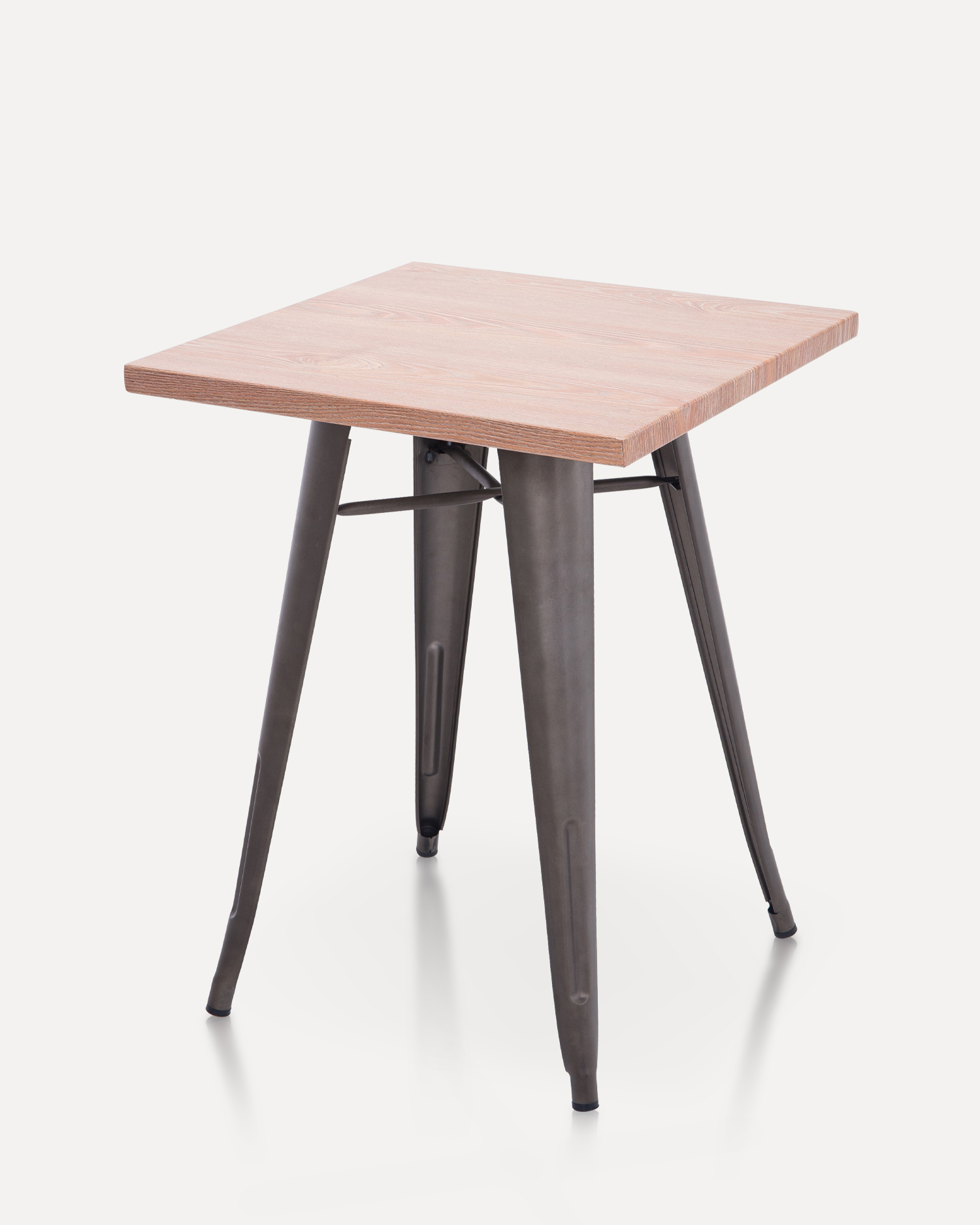
Making the Right Choice for Your Space
Ultimately, the best dining room table for your small space comes down to your lifestyle and the specific layout of your home.
If your dining area is a small, central nook in an open-plan layout, a round table might be your best bet. It will promote social interaction, improve the flow of foot traffic, and make the area feel less cluttered.
On the other hand, if your dining space is a dedicated, narrow area or if you frequently host dinner parties, a rectangular table is probably the more practical choice. Its ability to be tucked away and its expandable nature make it a highly functional piece of furniture that can adapt to different needs.
Consider the dimensions of your room carefully. A common mistake is choosing a table that is too large, regardless of its shape. Measure the space, accounting for chair and foot traffic, and visualize how the table will fit into the room's flow. Whether you choose the soft curves of a round table or the crisp lines of a rectangular one, the right choice will make your small space feel more like a home.

 English
English Français
Français Español
Español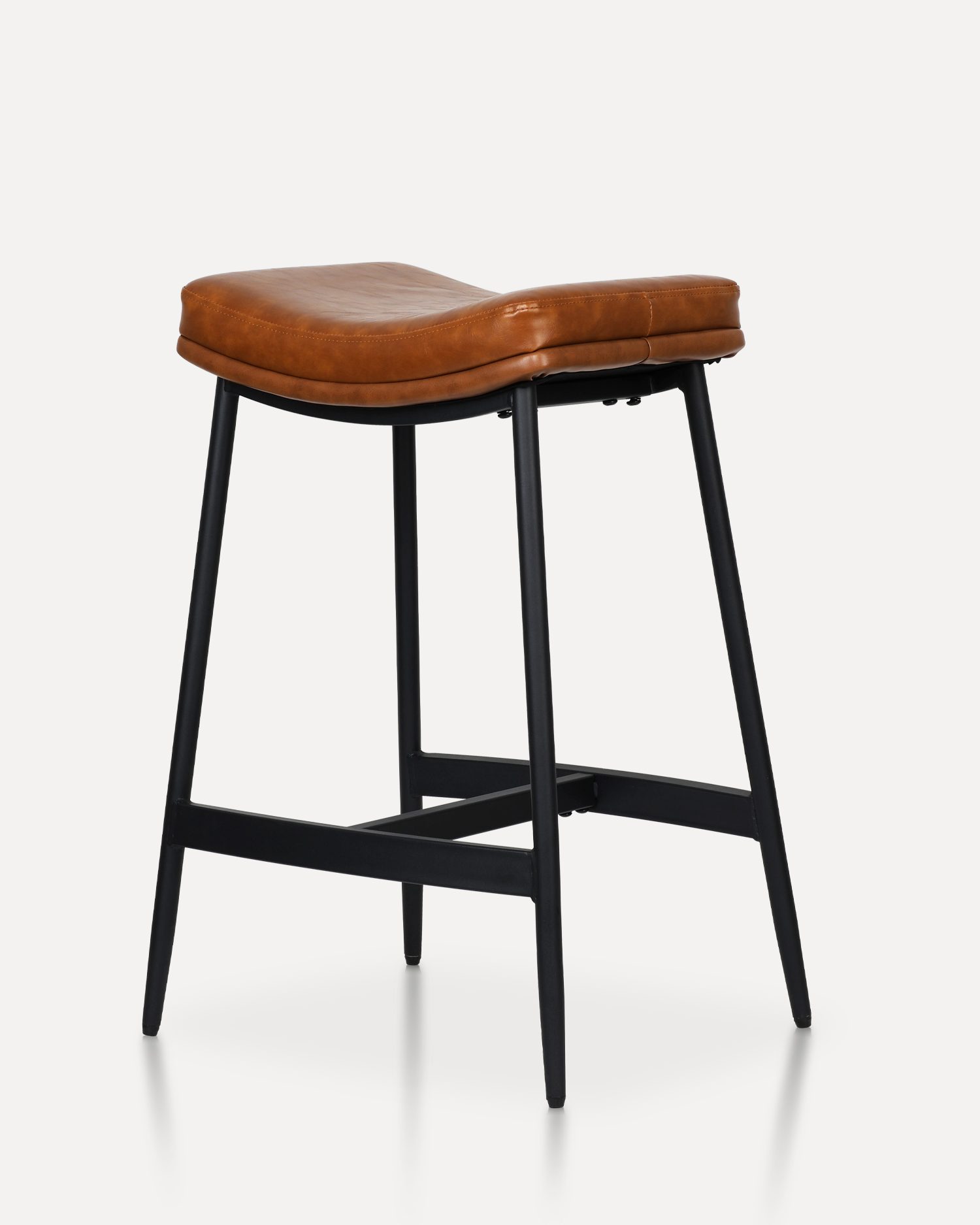
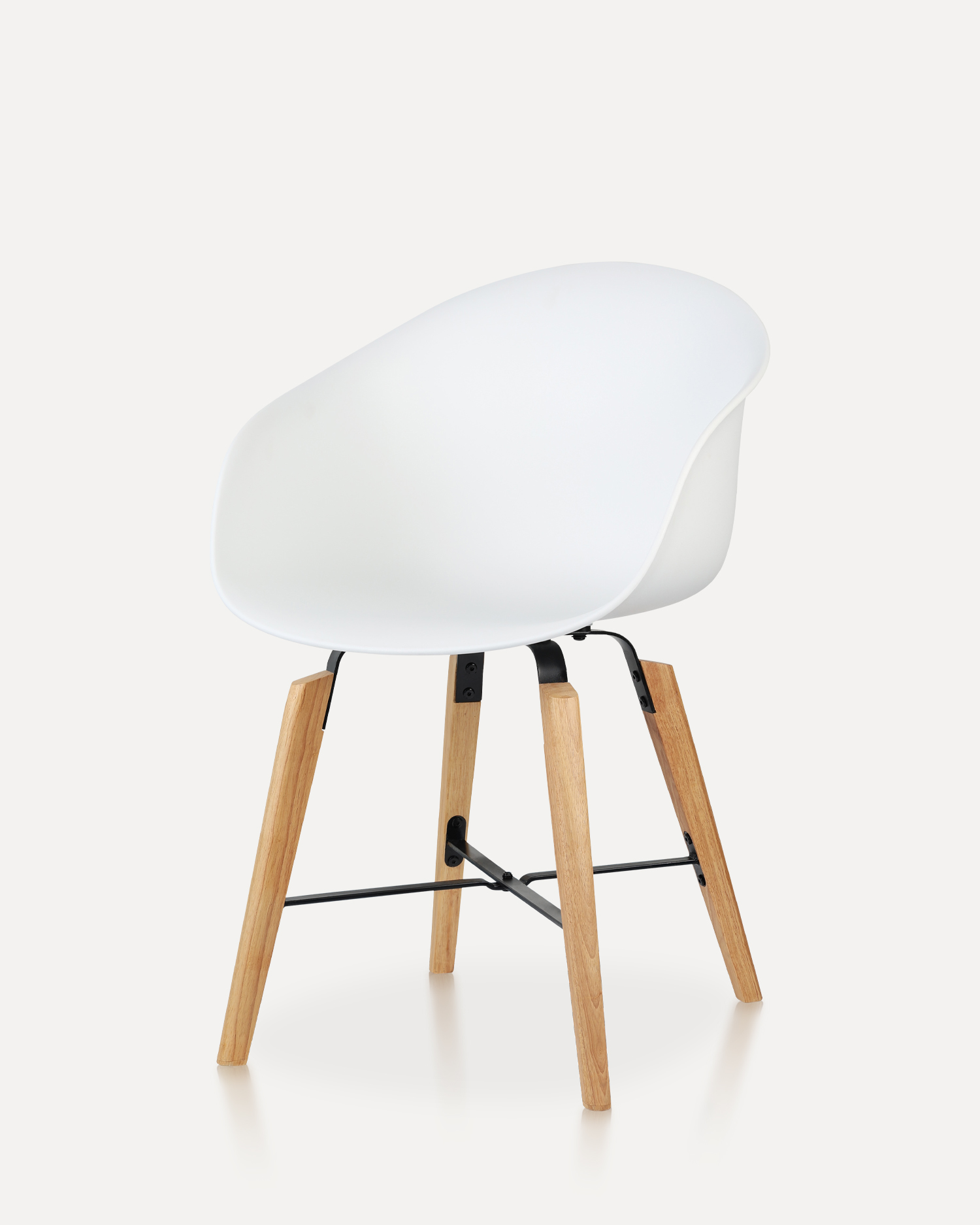
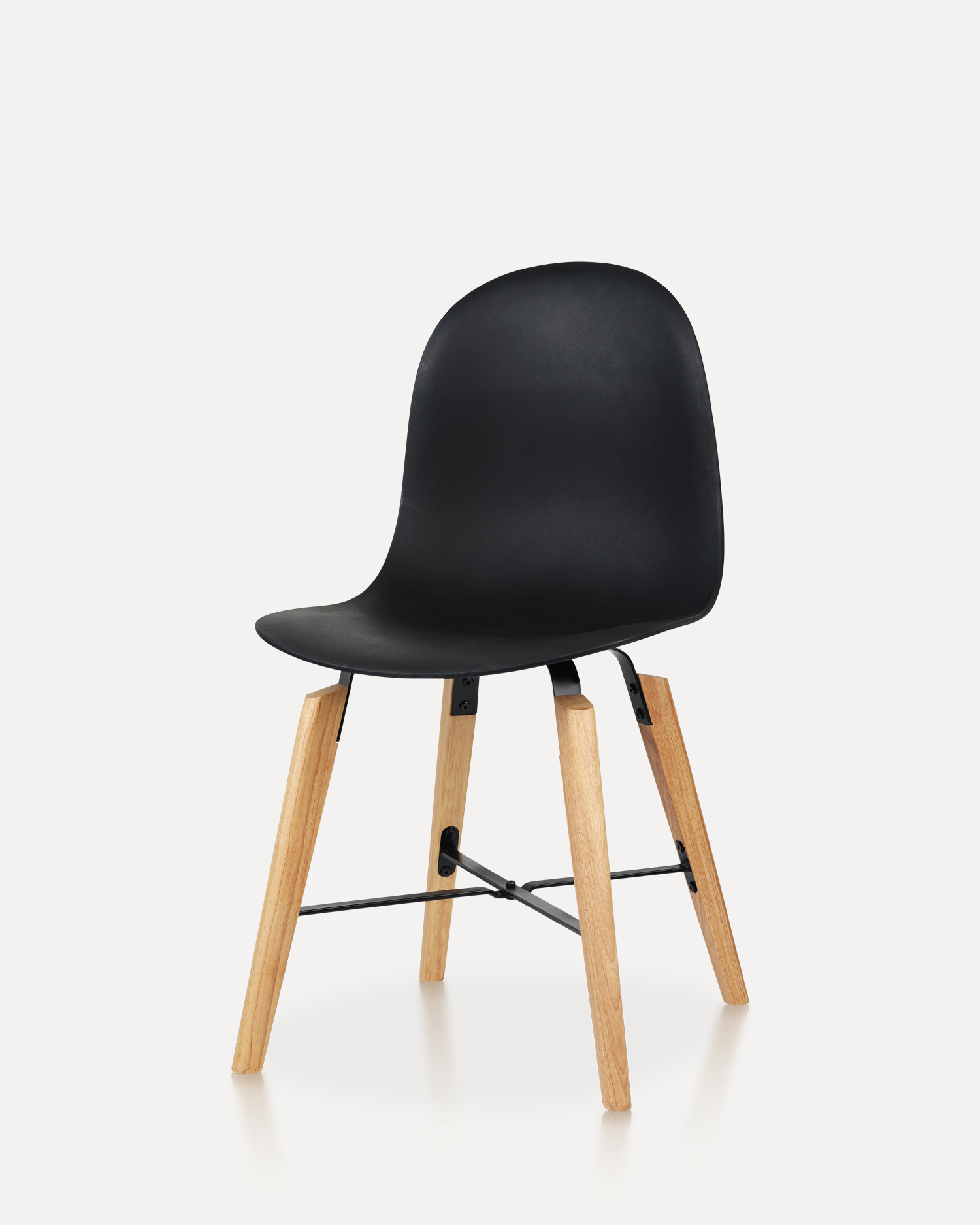
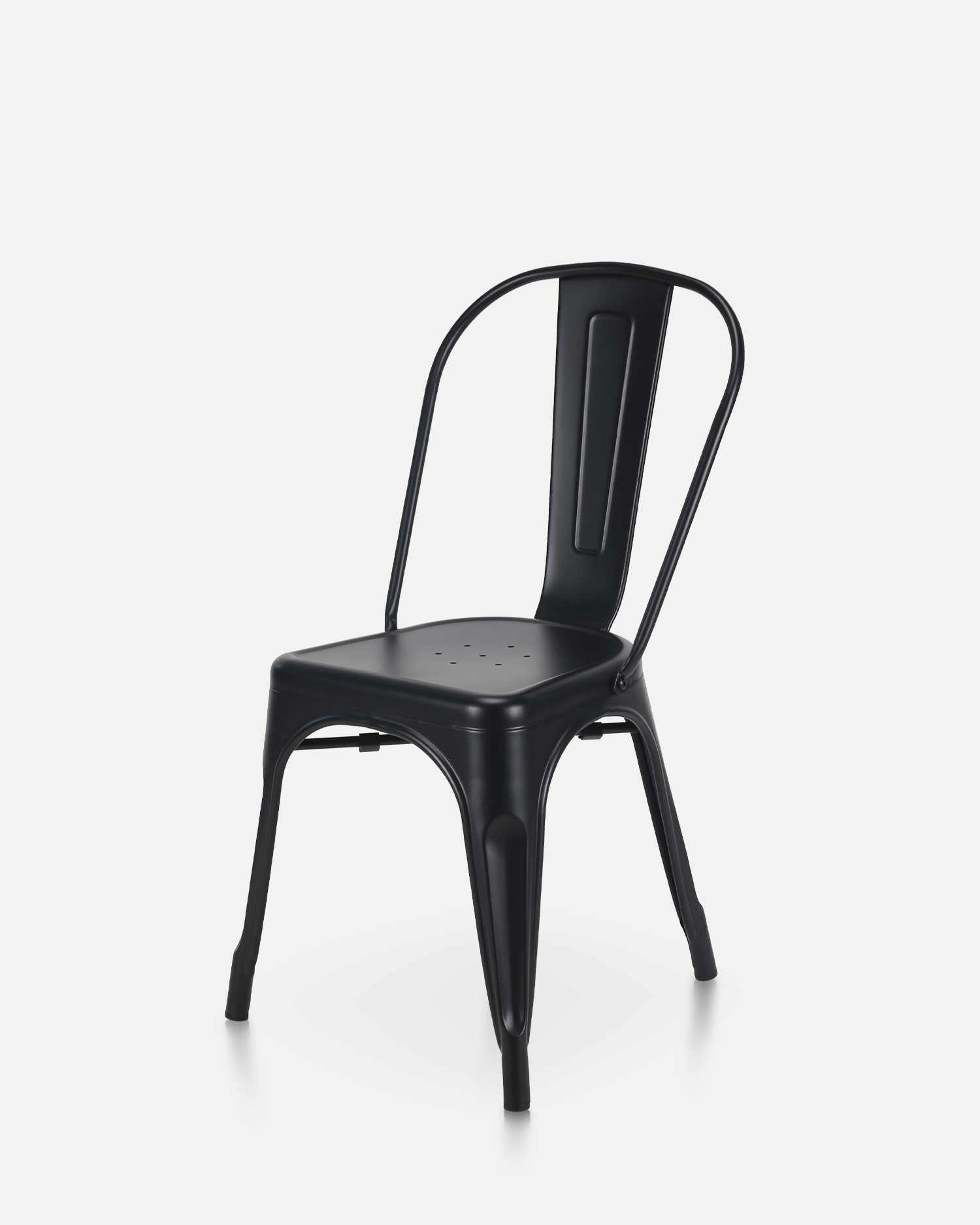
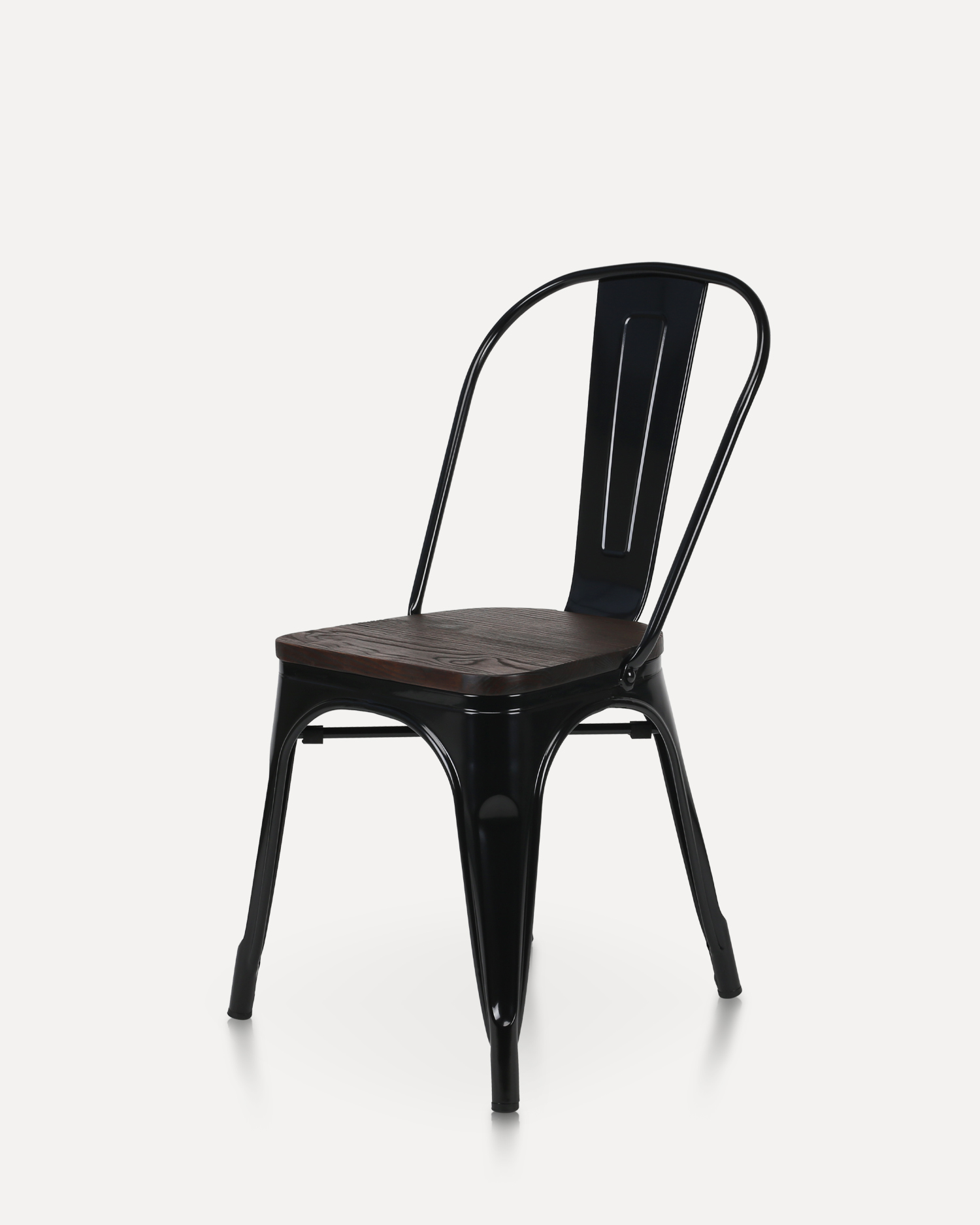
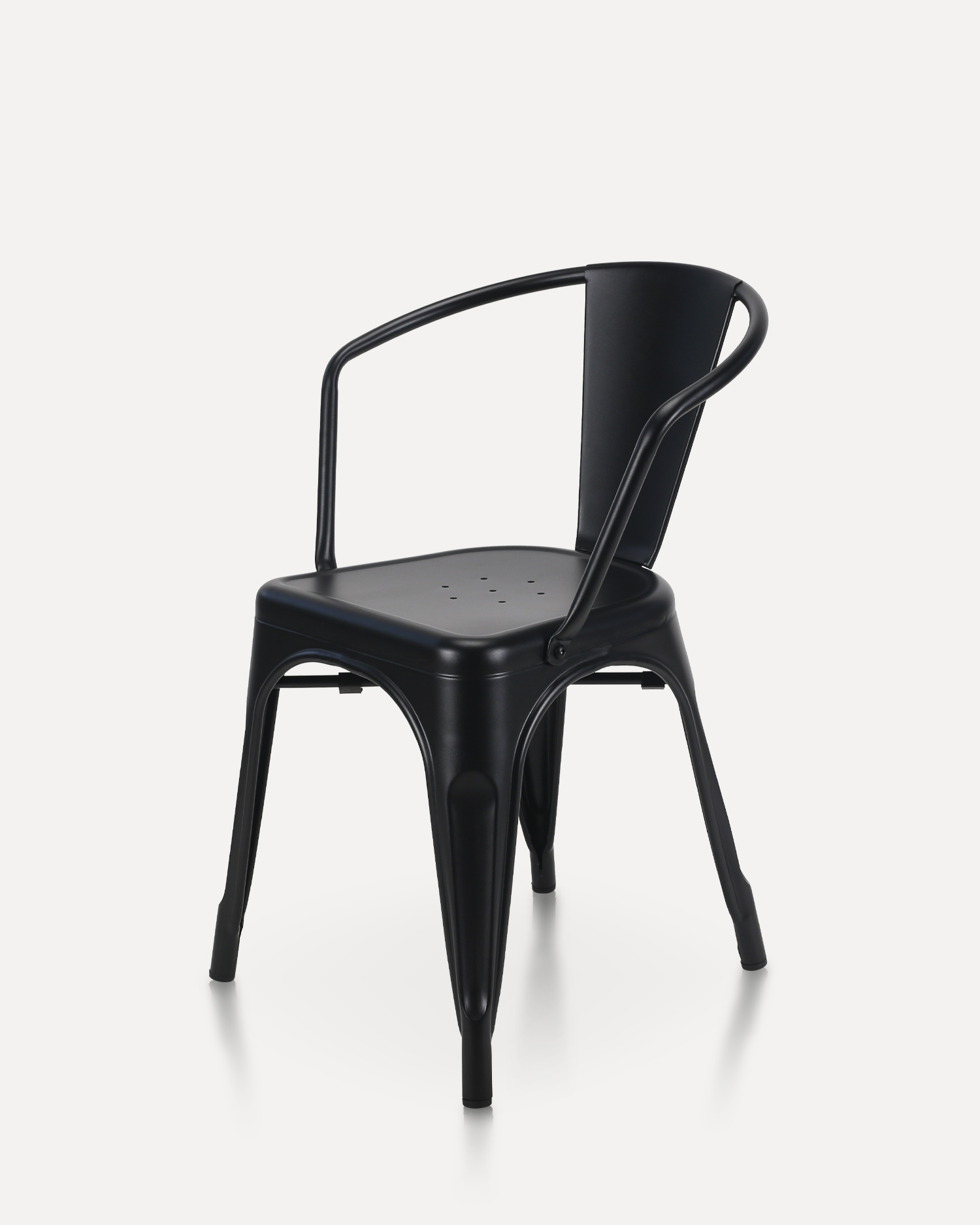
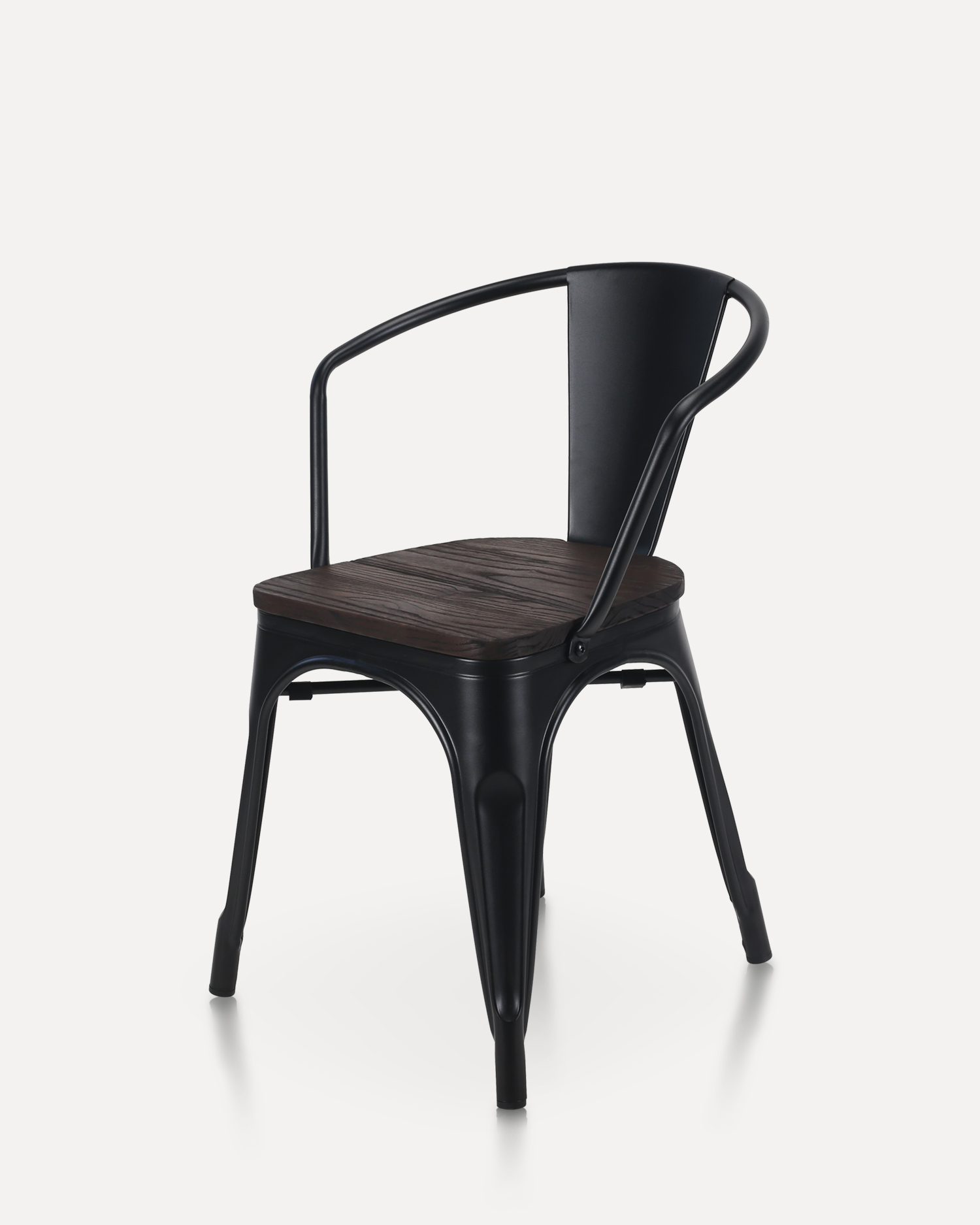
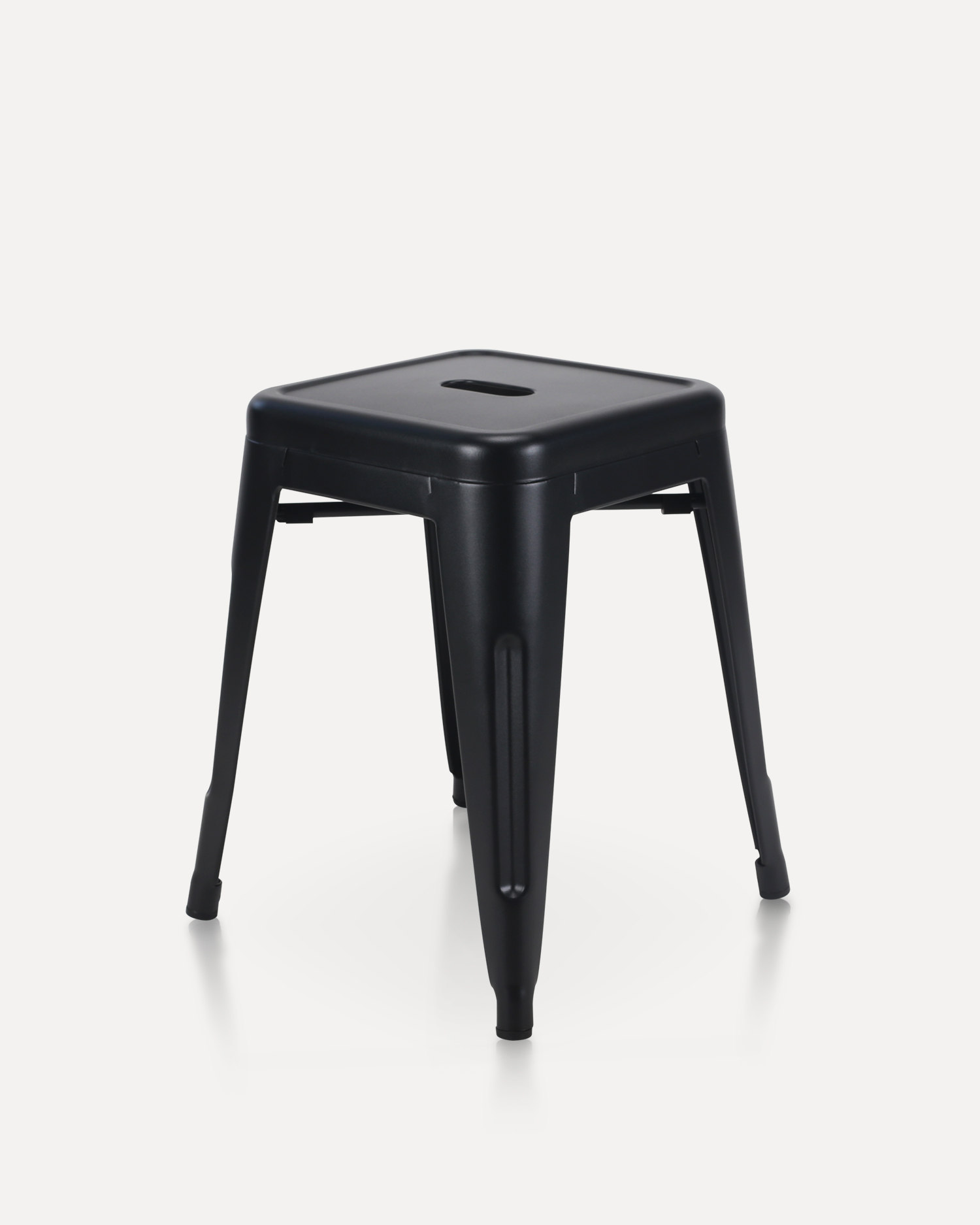
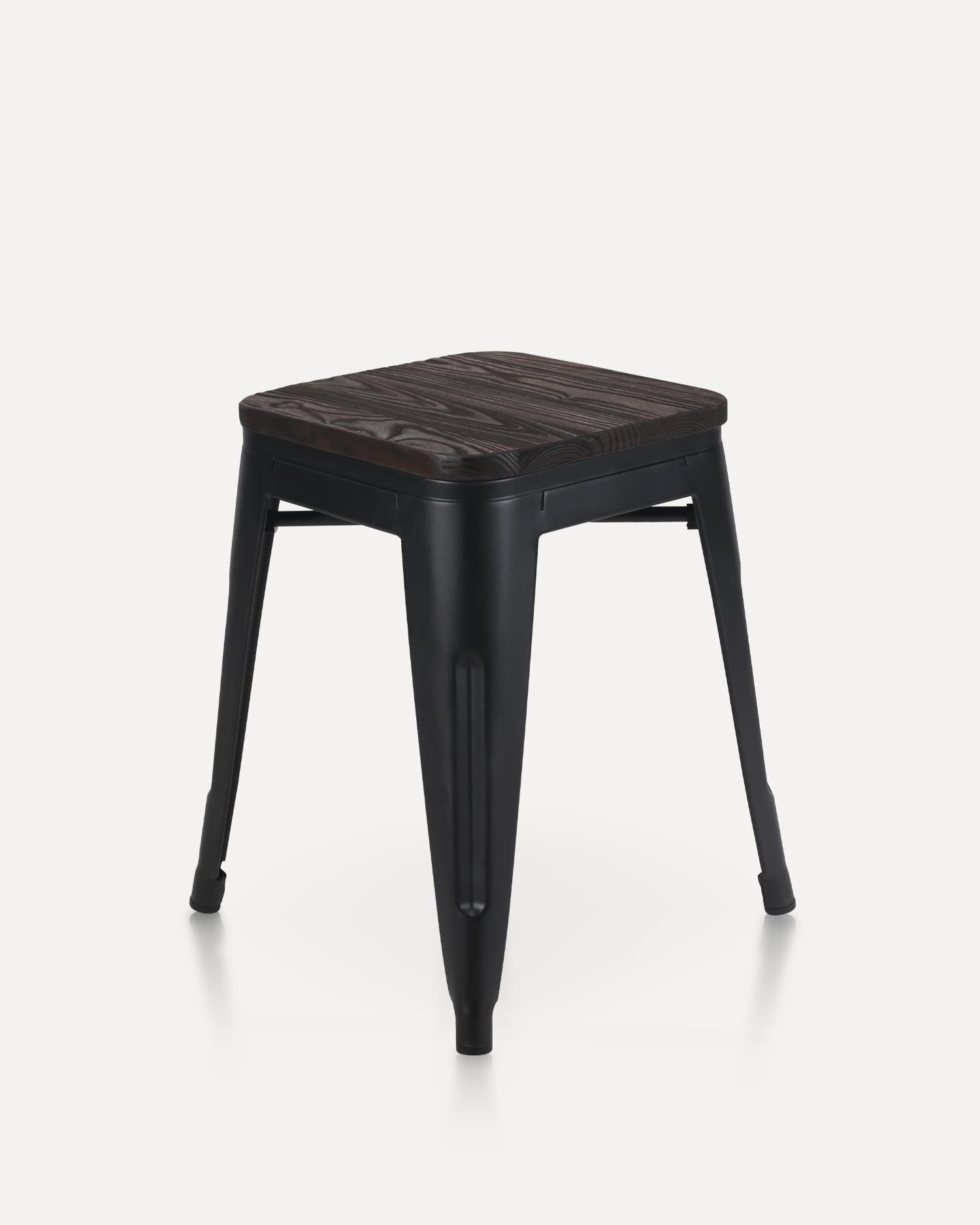
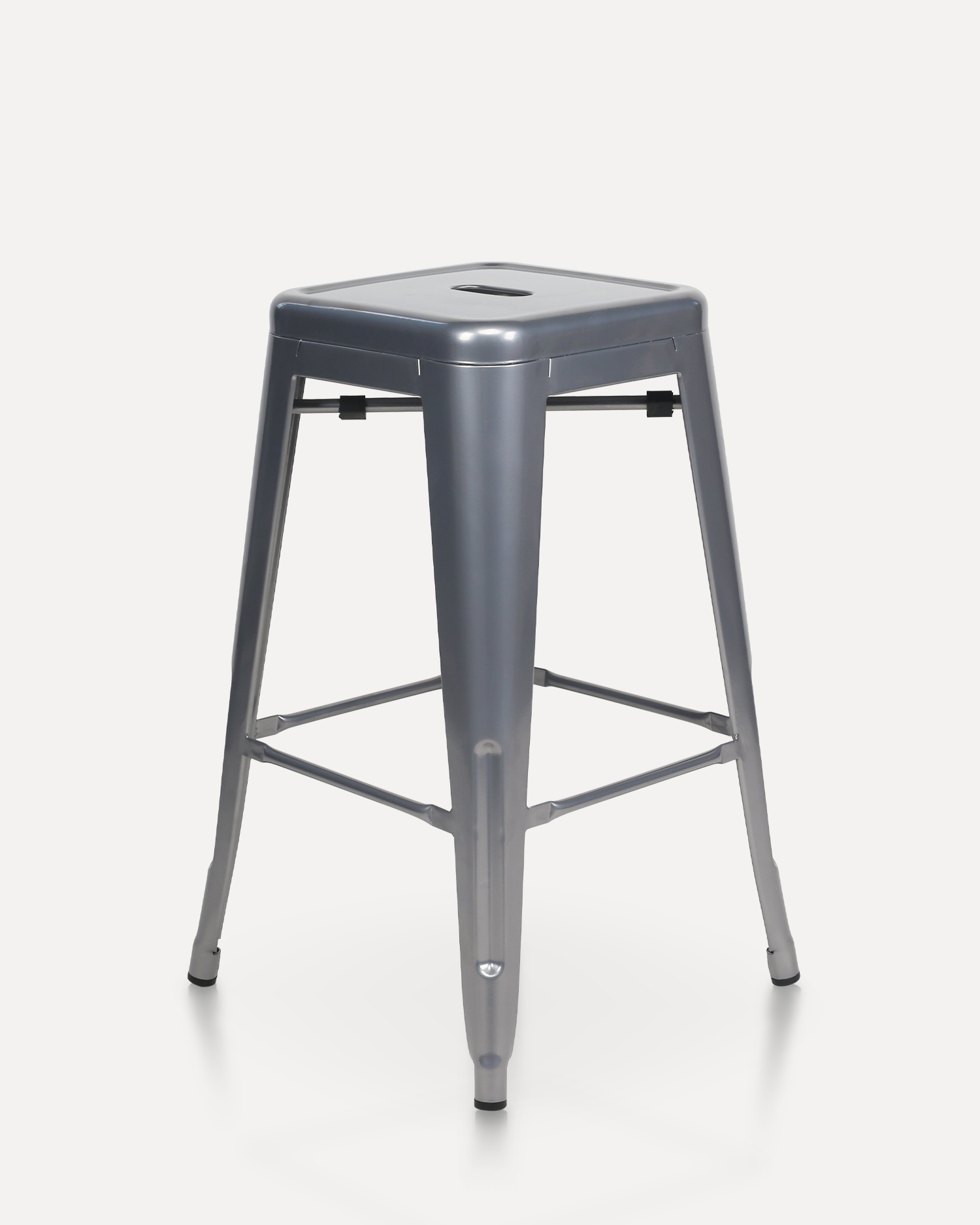
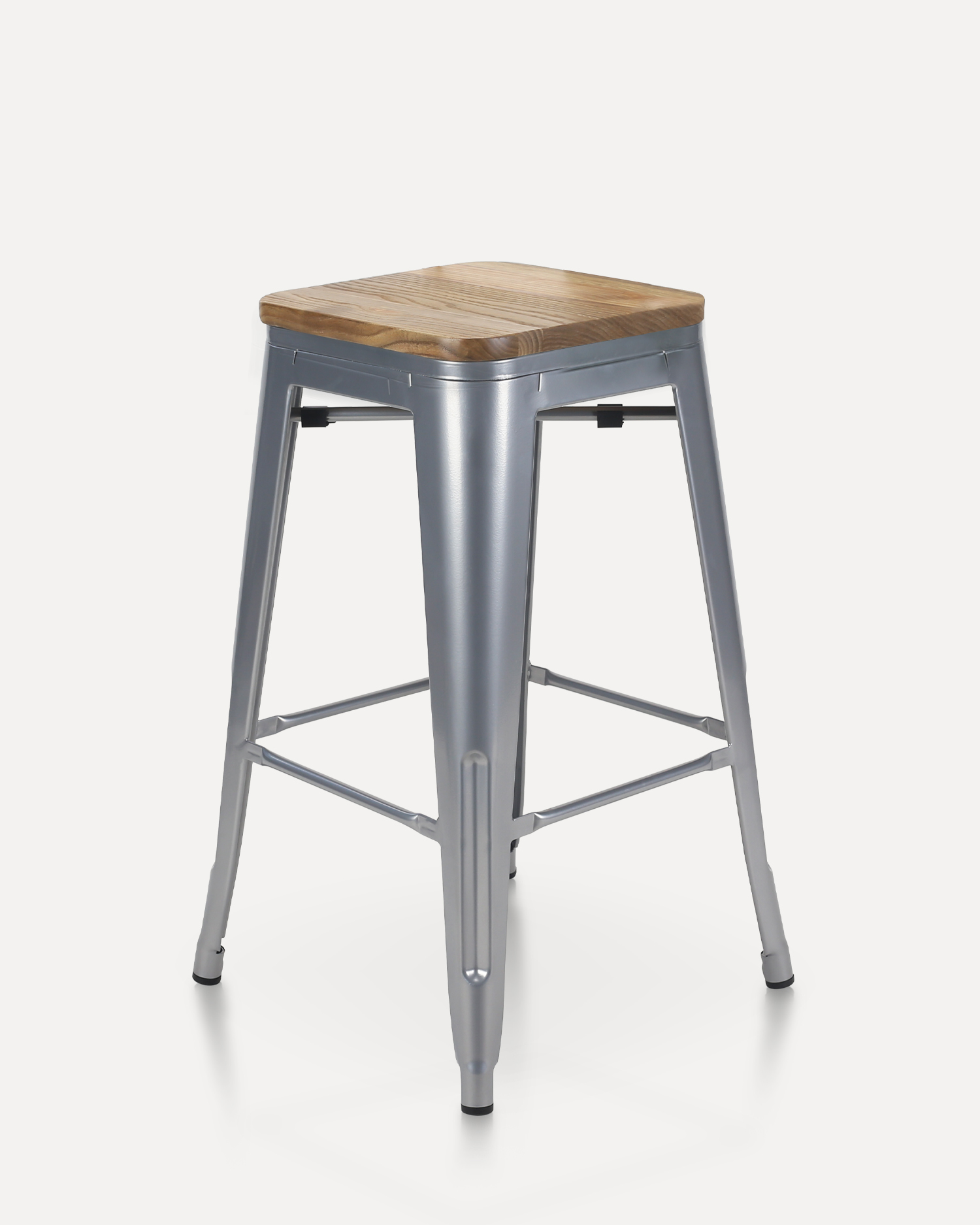
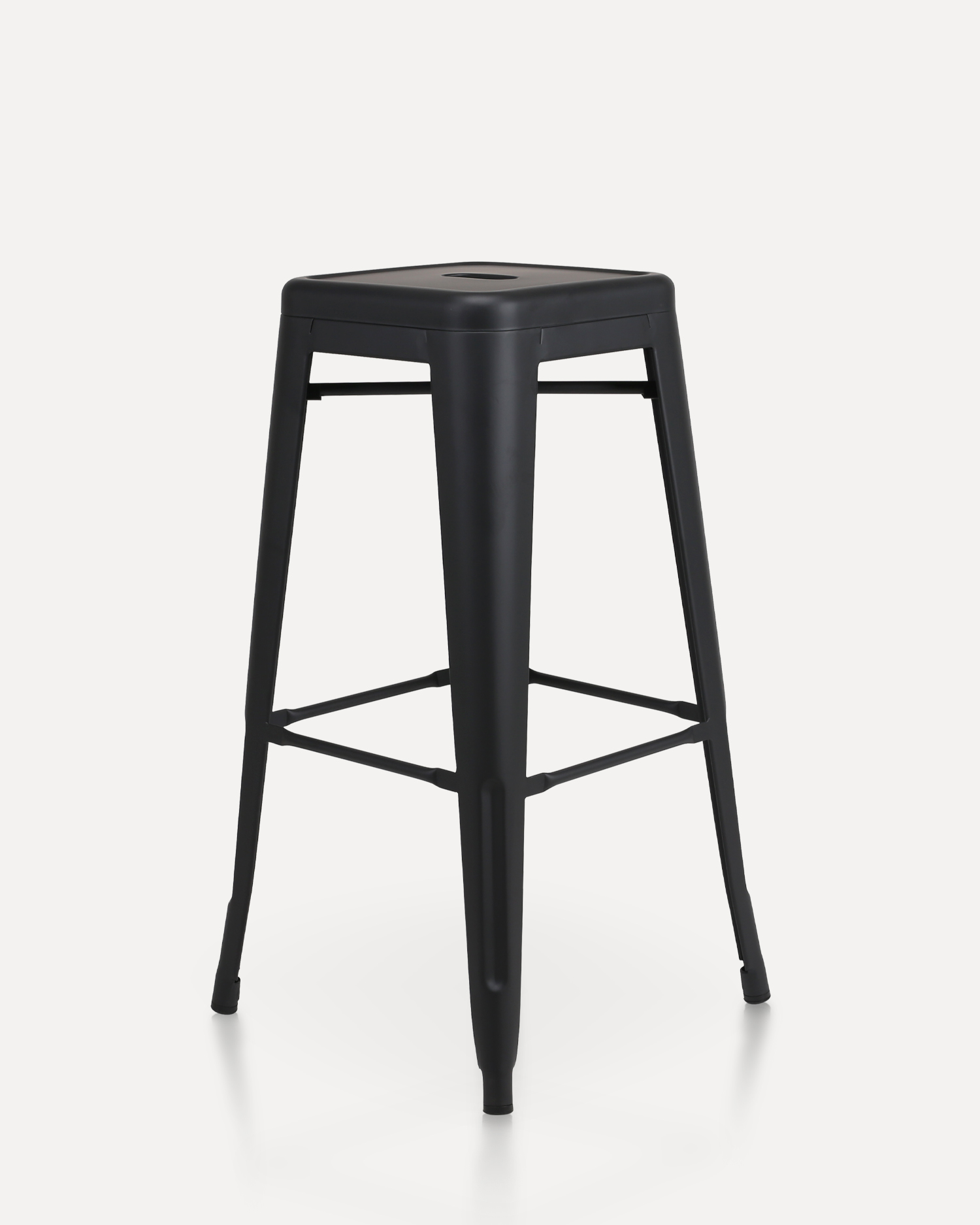





 Instagram
Instagram
 Facebook
Facebook
 Linkedin
Linkedin